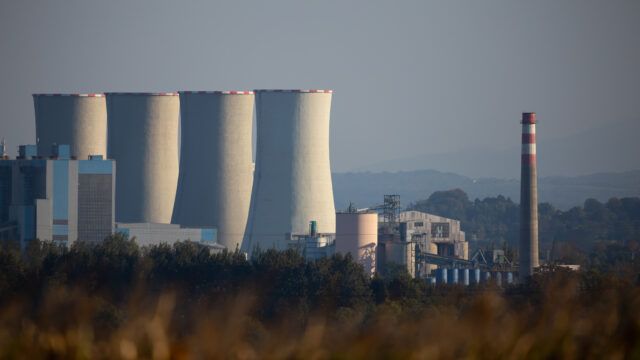Leaders in the decarbonisation race are doing more than reducing carbon emissions, they are also developing products and services to substitute high carbon activities with low carbon alternatives.
These avoided emissions are outside of their own value chains and are not captured under the conventional scope one, scope two, and scope three emission measures.
Scope one emissions are direct emission from operations, scope two are indirect emissions from purchased energy, and scope three are all other indirect emissions from upstream or downstream activities, for example emissions from suppliers.
Schroders, in collaboration with Singapore’s sovereign wealth fund GIC, has introduced the “avoided emissions” framework to quantify these saved emissions.
“The framework is based on a proprietary systematic value chain approach to capture the contribution of a broad set of industries and activities to avoided emissions,” said Andy Howard, global head of sustainable investments at Schroders.
“We believe that this innovative framework, with its emphasis on investability and scalability, presents a significant advancement from common approaches to carbon footprint and exposure analysis.”
Fourth scope
As companies adopts a lower emission alternative, the avoided emissions would represent a fourth scope emission, which helps companies to contribute to decarbonisation.
The framework uses a value chain approach to estimates the contribution of a broad set of industries to avoided emissions while minimising the risk of double-counting.
By adopting the framework, investors can now identify and assess companies on how they mitigate emissions and not only whether they look “low carbon” now based on conventional methodologies, said Schroders.
By quantifying potential avoided emissions in a metric directly comparable to conventional emissions measures, the framework would also enable the analysis of risks and opportunities under a common unit of measurement, Schroders added.
The team drew on academic and industry literature and focused on carbon-avoiding activities that are investable and scalable and identified 19 carbon-avoiding activities and industries.
Based on the analysis, companies which have positively avoided emissions posted an annualised growth rate of 7% over the past three years, which is 20% faster than the MSCI stock universe as a whole.

















